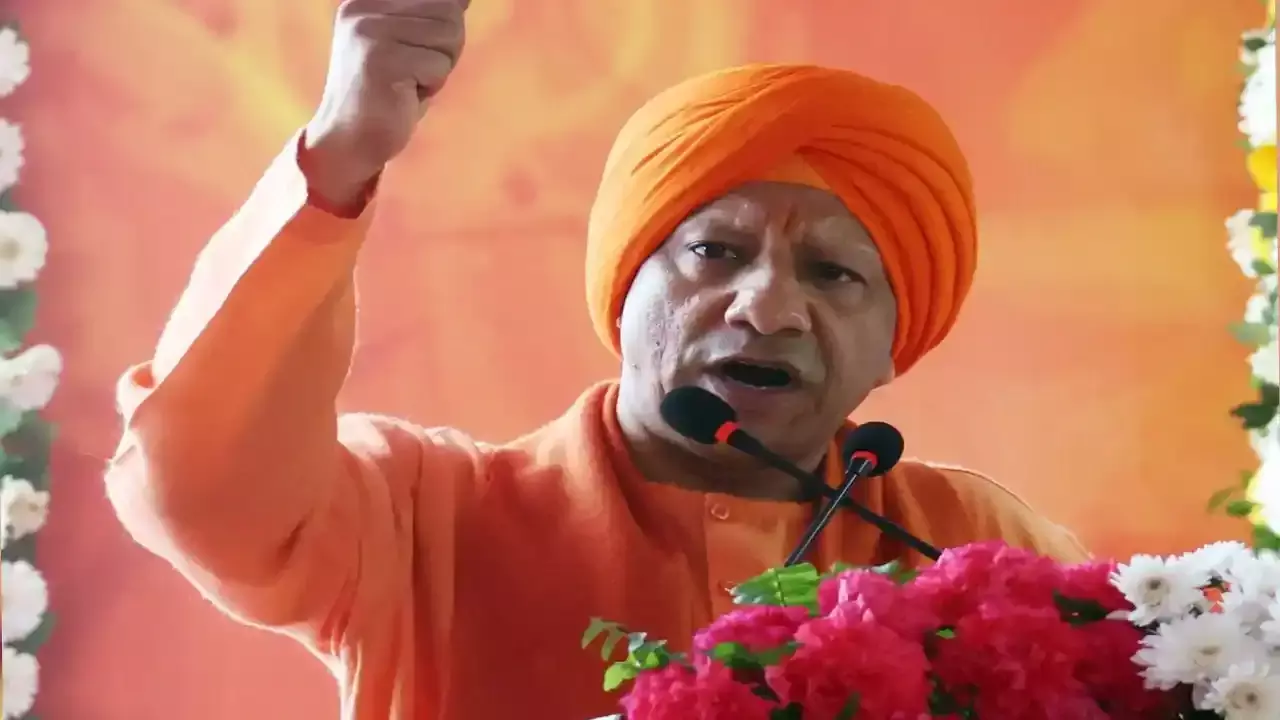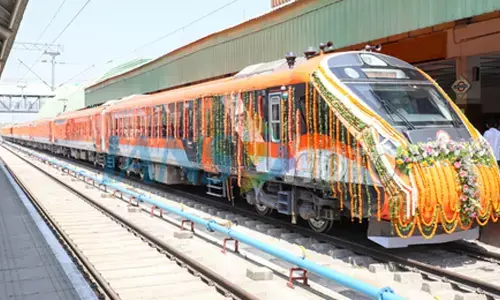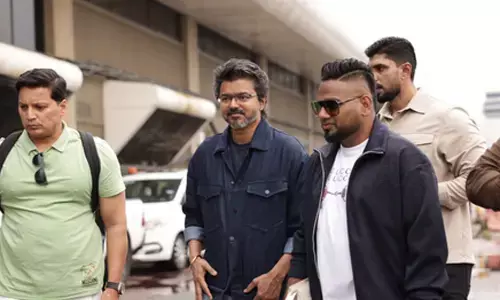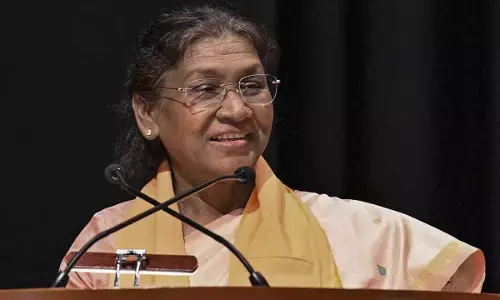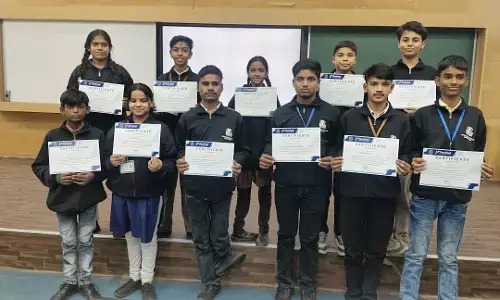Digital twin technology to revolutionise many sectors
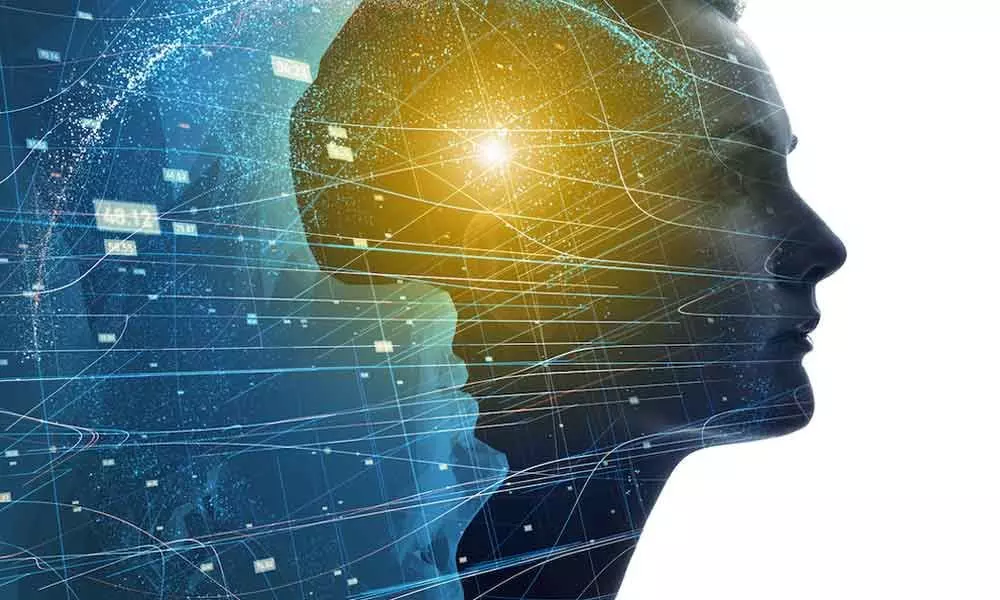
In 1970, when the US space mission, Apollo 13, had to change course due to an oxygen tank failure.
In 1970, when the US space mission, Apollo 13, had to change course due to an oxygen tank failure. NASA scientists decided to abort plans to land on the moon and figure a way to return the astronauts to earth safely.
The big challenge was to develop a system without the ability to see or monitor the spaceship in person. The bright idea of mirroring systems on earth allowed the Engineers and Astronauts to save the mission.
Today, NASA builds virtual replicas of all equipment on board the spacecraft. They are also known as the 'Digital Twins'.
The physical build ties back to its digital twin through sensors such that the digital twin will have all information and readings the same as if one was inspecting the physical build.
The digital twin concept is now being used in replicating assets, processes, people, places and systems in the real world.
A digital twin is a replica of a physical entity in the digital world. Thanks to the emergence of the Internet of Things (IoT) technology, the real-time data of this physical entity is seamlessly transmitted, allowing its virtual counterpart to coexist.
This digital replica provides insights into the elements and the dynamics of how an IoT device operates and performs through its lifespan.
This technology of the cyber twins is being used across various industrial sectors to help in the operations and maintenance of physical machines, engines and manufacturing processes.
It is expected that in the coming five years, more than a billion things will have a digital twin. This will lead to new opportunities for product experts in the physical world to interact and collaborate with data scientists, who will help them bring efficiencies and more meaning to the operations and processes.
The companies will be able to get a jump on their customer experiences offered. Mainly due to an improved understanding of customer expectations as they continue to monitor their products operating in the field through their virtual replica.
Companies like GE are working on having a virtual copy of their physical equipment such as wind turbines deployed. The virtual copy running on the cloud continues to get more intelligent as more and more operational data is accumulated into it.
Digital twins are revolutionizing healthcare and patient care. A digital replica of patient organs allows doctors to have a practice surgery in the virtual world before the actual procedure is done in the real world.
Another fascinating application of this technology was made in China, where four TV hosts were joined by their digital twins to have an exciting TV programme.
They used Artifical Intelligence and natural language processing along with computer vision to build these virtual hosts. The future plan was to construct AI-powered teachers, nurses and doctors.
Formula car racing deployed digital twin technology to create racing simulations. They help the driver and the team to make adjustments to improve race performance. City planners are using the digital twin of Singapore to improve energy consumption and citizen services.
Tech trends predict that we are at the brink of the digital twin technology explosion. It was named as one of the top 10 strategic technology trends by Gartner.
(The author is Chairman and CEO of Hyderabad-based Brightcom Group)








